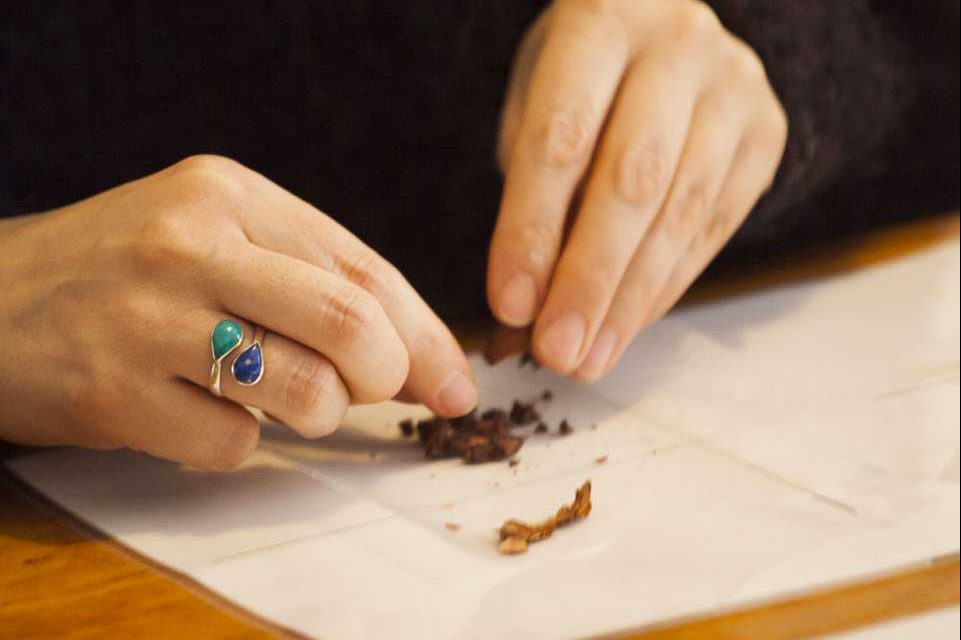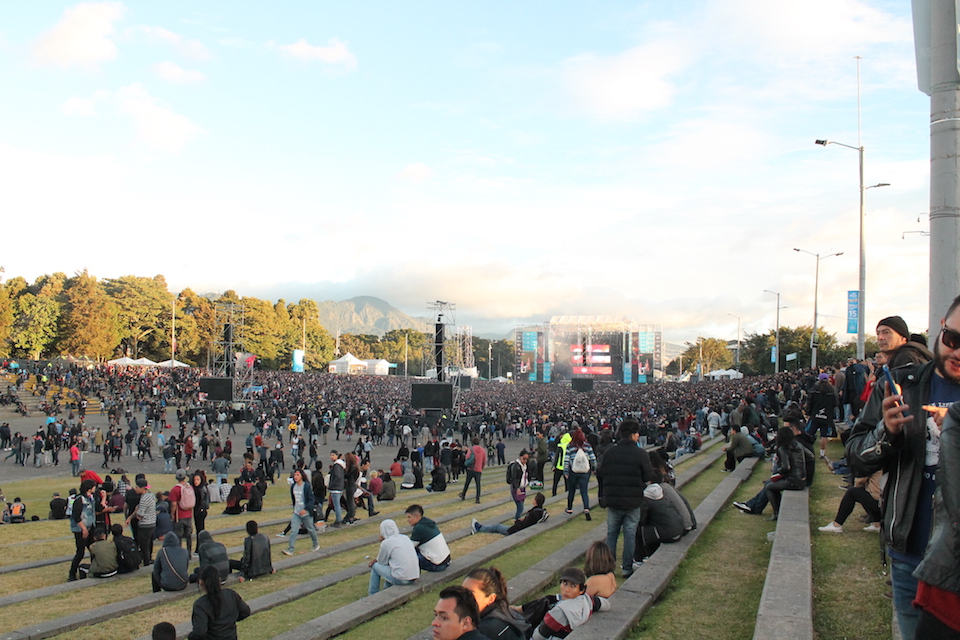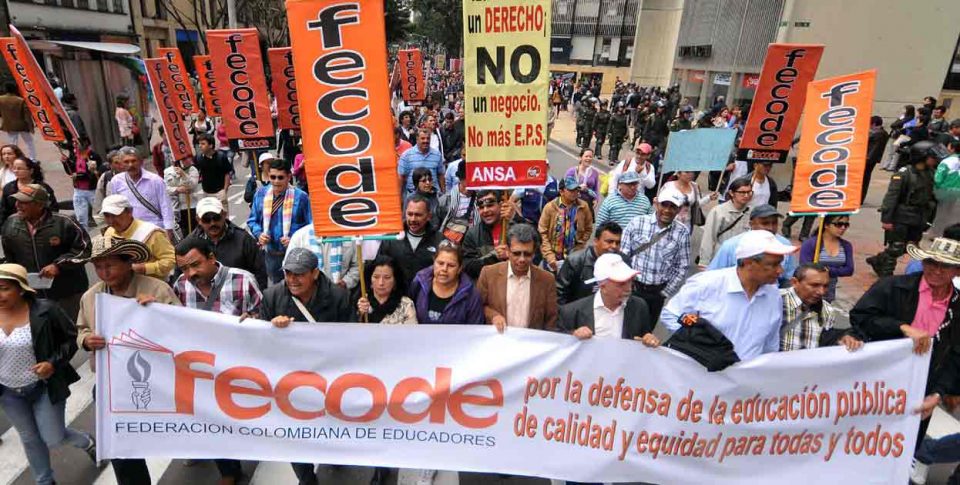
A selection of the goodies on show in the chocolate tasting class. Photos: Colombian Chocolate Club
As the Colombian high-end cacao industry continues to pick up steam, Phoebe Hopson visits an expert in Colombian chocolate to learn more about this prized bean.
When expert chocolatier Suzie Hoban arrived in Bogotá with a Master’s in Food Culture and Communications from the University of Gastronomic Sciences in Italy under her belt, the Colombian chocolate scene was still a diamond in the rough. Despite the fact that cacao grows in every Colombian department bar San Andrés, very little high quality chocolate was being produced. A frustrating situation for the Australian chocolate enthusiast.
There is not a shadow of a doubt that Colombia is a land of plenty – a Garden of Eden where all things grow. Although decades of conflict and poor infrastructure have hampered the development of many exports, the prospect of peace and the government’s promise to improve infrastructure will hopefully shine a spotlight on alternative crops and drive cacao production forward.
The cacao bean, like the grape, takes its flavour from the area where it grows, and changes in altitude, soil and temperature greatly influence the taste of the final product. Chocolate is in fact one of the world’s most complex foods, with studies identifying between 800-1,500 different aromatic compounds. Given the country’s topography from sea level tropics to drier more mountainous air, the possibilities are vast and tantalising for the taste buds.
The good news is this potential is finally being tapped, and as Suzie explaines during our Colombian chocolate tasting session, “we get to taste Colombia.” The sensory profile of Huila, for example, is floral and fruity, while Arauca tastes much brighter – like Venezuelan chocolate.
“I started two years ago, but couldn’t run the chocolate tasting then because there wasn’t enough Colombian chocolate available,” the chocolatier says. She’s now running tasting events twice a week in addition to a workshop, and all are proving extremely popular.
During the tasting session, we get a crash course in chocolate. How the beans are grown, how they’re processed to make quality bars and – best of all – how to taste the final product.
Like coffee, Colombia is getting a reputation for producing high quality cacao beans – something that Suzie thinks could be a real opportunity, especially if farmers don’t go down the road of faster-yielding yet lower quality beans.
But it’s not just the bean that makes the bar. The beans must be fermented at a high temperature, dried and roasted before they get conched: a mixing and aerating step that helps get rid of bitterness and develops the flavour and texture. Finally, the chocolate is tempered, which involves melting and remelting the chocolate, manipulating temperatures to reform the crystals.
The challenge is that a mistake at any stage will ruin the whole batch. And because the process is part art, part science, production varies from bean to bean, making it hard to give out a standard set of instructions to follow. Further, this complex process requires specialised equipment that, with few exceptions, is only available on a large scale – putting production well out of reach of most small growers.
That’s why most Colombian cacao ends up being used in low-end products even though the raw product is of fine varieties. One company that’s bucking the trend is Cabuyaro. They work directly with small-scale growers, helping them get the best flavour from their beans. They are part of a number of cacao crusaders who are working to promote and foster the production of speciality cacao.
Cacao Hunters, founded by Japanese expert Mayumi Ogata, is another pioneering business in the Colombian chocolate scene. Ogata realised there are distinctive beans to be found in parts of the country that have been cut off for decades because of the conflict, which her company has been arduously working to bring to light. Their Arhuaco 72% and Sierra Nevada 64% chocolates earned gold medals at the 2015 and 2016 International Chocolate Awards, respectively.

Chocolate tasting is not just about putting it in your mouth – all five senses are used!
The tasting
The cacao plant’s scientific name means “food of the gods” in ancient Mesoamerica, cacao was used to fuel troops or turned into a chocolatey drink served to nobility.
In modern times chocolate occasionally serves a ritualistic function. We turn to it to celebrate, show gratitude and even to cheer ourselves up. In spite of its popularity, few people really know how to taste it. Luckily for us, Suzie shared how the professionals unlock the complex flavours.
She explained that it’s a very personal experience, as “tasting calls to the memories of all the other things you’ve tasted”. Surprisingly, you start with every sense apart from taste: look, touch, listen and smell. A quality chocolate should be shiny and feel almost silky. If you break it, it should have a nice snap.
The aroma is where it starts to get personal as different people pick up different scents. Is it floral? Fruity? Finally, let the chocolate sit on your tongue and melt slightly. What can you taste? Nuts? Raspberries?
While we’d definitely recommend giving it a go at home, a guided tasting with an expert is great for those interested in learning more about Colombia’s exciting chocolate culture.
The Colombian Chocolate Club runs two tasting sessions every week (USD$39), as well as a Chocolate Class (USD$65). Check out their website for details and to book a place.




